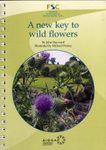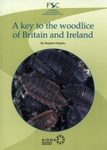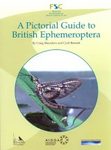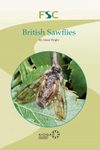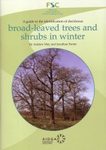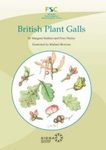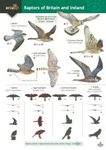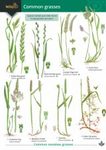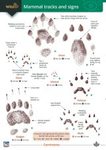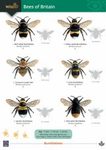Field / Identification Guide Identification Key
By: Margaret Redfern(Author), Peter Shirley(Author), Michael Bloxham(Illustrator), Keith Harrison(Contributor), Sue Hockland(Contributor), Brian Spooner(Contributor)
432 pages, 8 plates with colour illustrations; b/w line drawings
This excellent guide to plant galls features extended illustrated keys.
![British Plant Galls British Plant Galls]()
Click to have a closer look
About this book
Customer reviews
Related titles
About this book
Many naturalists recognise the commoner plant galls, like Oak Apples and Robin’s Pin Cushions. But there are many more. Some are tiny and require diligent searching. They occur on all parts of the plant: roots, stems, leaves, flowers, fruits and seeds. They appear as swellings and nodules, patches of hairs, dimples, blisters, discs and balls.
Fortunately, galls are often host-specific. Meanwhile many host plants have only a few known galls. So identifying the host plant can help narrow down the options considerably. This AIDGAP guide includes around 300 keys, alphabetically by host plant genus. All galls, whether caused by fungi and other microorganisms or by nematodes, mites or insects, are incorporated into one series of keys. Although the keys are suitable for living specimens in the field, deeper study involves microscope and laboratory work. So the authors include brief guidance on rearing insect gall causers. Since many are poorly known, there is still scope for new discoveries.
These keys build on three earlier works. In 1986 the British Plant Gall Society produced the first provisional keys. In turn, these led to the 2002 first edition of this AIDGAP guide. The second edition came in 2011. This third edition expands on the 2011 keys, bringing nomenclature fully up to date, and with new illustrations of additional galls. In addition, many figures have been replaced with new drawings based on British specimens. This edition is published in partnership with the British Plant Gall Society.
Customer Reviews
Field / Identification Guide Identification Key
By: Margaret Redfern(Author), Peter Shirley(Author), Michael Bloxham(Illustrator), Keith Harrison(Contributor), Sue Hockland(Contributor), Brian Spooner(Contributor)
432 pages, 8 plates with colour illustrations; b/w line drawings
This excellent guide to plant galls features extended illustrated keys.

















